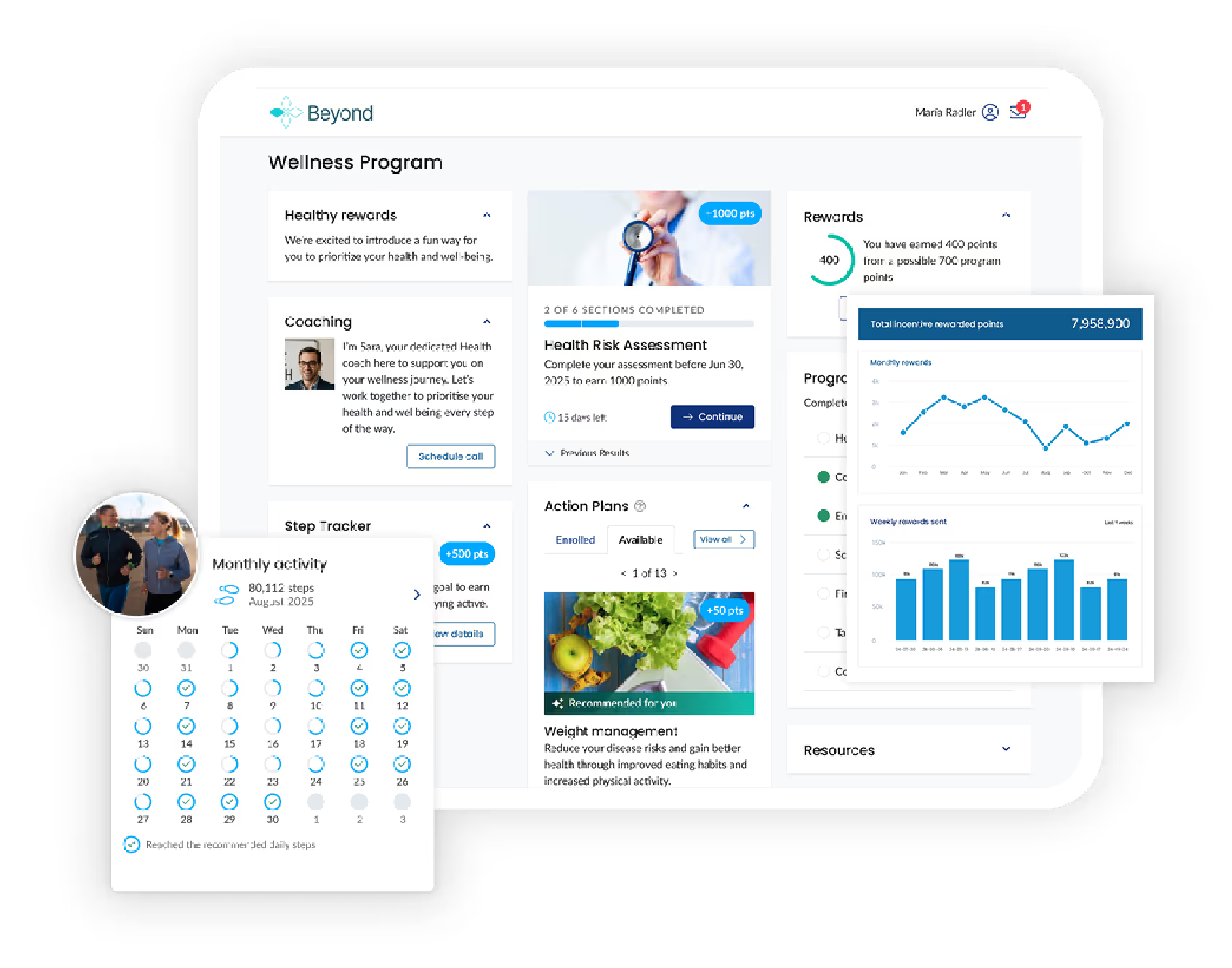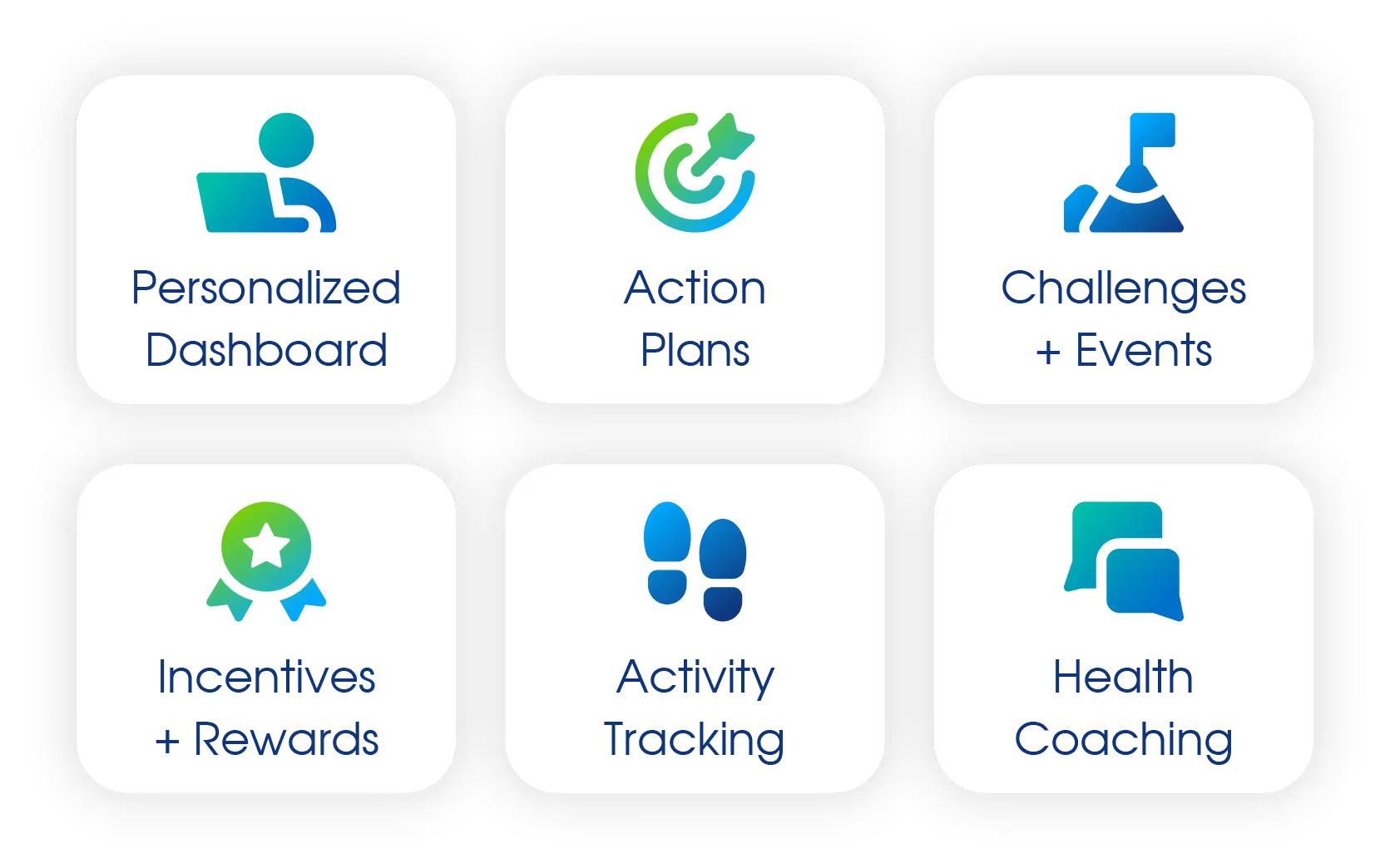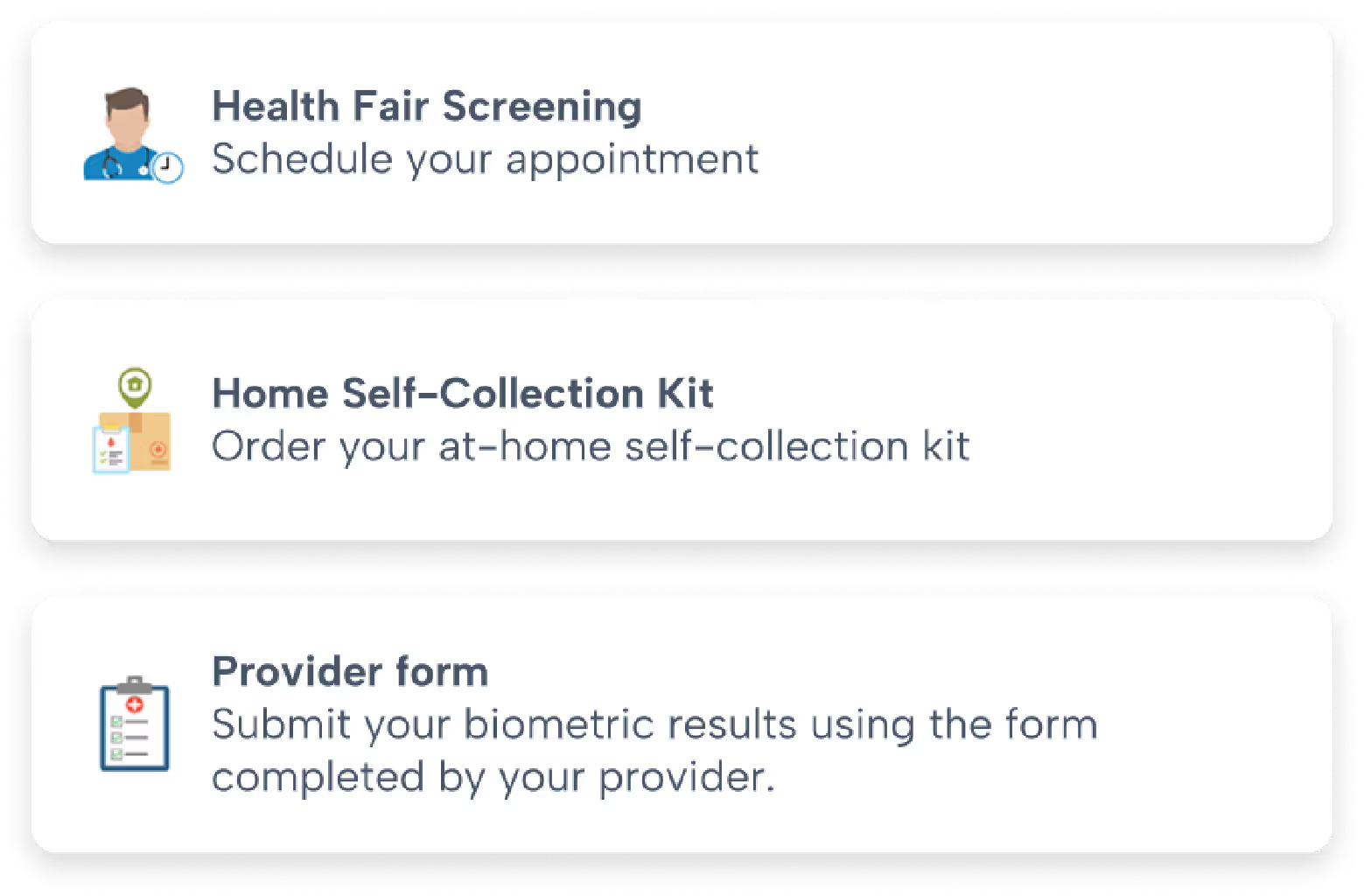Deliver Custom Wellness Programs — at Scale
Employee wellbeing remains a top priority—and expectations are rising. PDHI partners with organizations to deliver flexible, digital-first solutions that support diverse program goals today and scale seamlessly for tomorrow’s needs.

Your Programs, Our Platform
Bring your wellness vision to life with our white-labeled platform, designed to support custom, branded digital programs that drive real impact for your clients.
Flexible + Configurable
Mix and match modules to create holistic wellness programs tailored to your needs and those of your end clients.
Scalable + Efficient
Productize your services to support multiple program designs, adapt to different client needs, and grow with confidence.
Actionable Insights
Track participation, rewards, and outcomes across programs and business lines to make data-driven decisions.

A Comprehensive Wellness Platform…
Actively engage individuals along their health journey with a proven set of digital wellness tools that support program participation and customized wellness experiences.
…That’s Modular By Design
Our platform is built from a suite of interoperable modules that can be combined to support a wide range of health and wellness initiatives. Whether you're starting with a single module or deploying across varied populations, you choose the capabilities you need—when you need it.


Biometrics Screenings
Streamline health screening programs with integrated scheduling, data capture, and consolidated reporting tools—bringing results from multiple sources into one easy-to-manage system.
Reporting + Admin Tools
Get the data when and where you need it most. Program Insights provide real-time tracking right in your admin dashboard, while in-depth reports deliver a comprehensive view of program participation

Your Partner in Deployment
Our SaaS platform was built to support scale and security, allowing you to focus on building the best programs for your employees’ needs.
Employer groups supported
Average time to implementation
Supporting population health and wellness initiatives
See Our Solutions in Action
Elevate Employee Engagement
See how Watkins Wellness doubled its Health + Safety Rewards Program participation rates to 76% using PDHI's incentive management tools.
Streamline Program Management
See how Elevation Health achieved an 83% engagement rate using our platform to support its client's wellness programs.
Let’s Empower a Healthier, Happier Workforce
With PDHI’s flexible platform, you can create wellness programs that truly resonate with your employees—driving engagement, improving outcomes, and strengthening your organizational culture.

